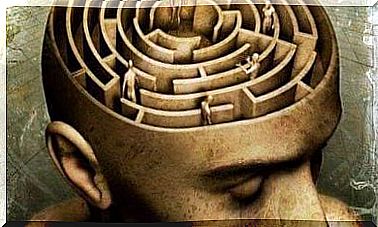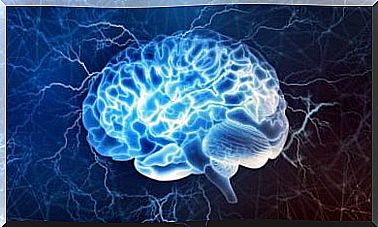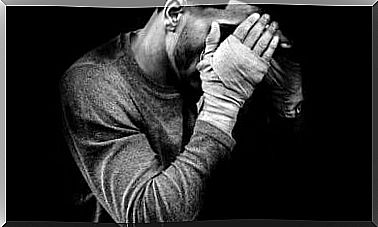Disaster Thoughts: Fear Of Living

People with catastrophic thoughts tend to see bad consequences in any situation. If they have abdominal pain, they are afraid to go to the doctor because they expect it to be a malignant tumor. When they start a fire, they have the image of a third-degree burn in their head due to carelessness. When they board a plane, images of themselves as they put on their life jackets flash through their minds.
We naturally tend to react to the new or uncertain with a certain amount of fear or apprehension. But for some people, this little cluster of fear becomes an unlimited form of panic, taking over and turning their lives into living hell.
People with catastrophic thoughts are full of bad feelings. Their train of thought is usually built up from the premise ‘What if..’. This gives rise to questions such as ‘What if I take the bus and have an accident?’ “What if I share my ideas and everyone laughs at me?” “What if I cross the boulevard and I don’t realize a car is approaching at full speed?” They always assume the worst in any situation.
The nature of catastrophic thoughts
Catastrophic thinking is not an independent problem. It is usually associated with deeper fears and/or states of depression. For example, for those with high levels of anxiety, an increased heart rate triggers the fear of a heart attack. Those suffering from depression visualize themselves in a situation of abandonment and rejection, living under a bridge, begging on the street, or dying alone in a charity hospital.

The truth is that we all have catastrophic thoughts from time to time, but what sets us apart from the people who constantly suffer from them is their obstinate personalities and the way they regulate their reasoning. Of course we can go to the zoo and be attacked by a lion there, but the chances of that are slim. We can also be run over, but there are many more millions of people who don’t have these kinds of accidents than they do.
The point is, for those with catastrophic thoughts, a small probability is magnified. This is because there is a distortion in the thinking pattern and a lack of considering objective data of the probability of something actually happening. Instead, they are concerned with the fears caused by the mind itself.
In other words, the idea of such absurd risks is repeated so many times that people start to believe that it will certainly happen. In this overestimation, other factors also influence their own predispositions, such as one’s environment or the media.
In the human brain, recurring thoughts even affect the way our neurons connect. The more you think about something, the more it sticks in your head. This is what happens in the case of catastrophic thoughts: as they are repeated so often, they become fixated. And when they are fixed, they are continuously repeated, even though they are clearly part of self-deception.
Catastrophes and the fear of living
Almost every human being goes through a catastrophic situation at least once in their life. Sooner or later we will face the death of one of our loved ones, health problems that are difficult to control or simply the uncertainty of not knowing what to do after a drastic change. However, if these situations had been constant, we wouldn’t be able to stand them.

What those who are taken over by their catastrophic thoughts fail to understand is that any situation can be dealt with and overcome. What scares them most is being left in a situation of extreme vulnerability. Situations that they cannot respond to or that literally paralyze them and are unable to do anything. This means that we forget one fact: we have the means to respond to any situation, no matter how difficult it may be.
What typifies people with catastrophic thoughts is that most of them have had a difficult childhood. They learned as children that their environment is hostile and full of danger. They probably didn’t know when they were young where the next risk would come from and this has caused them to develop an exaggerated defense mechanism.

To face these thoughts, we must take the time to evaluate them and run them through a ‘reality filter’. In addition, it would be good for us to think about the different ways in which we can respond to these dangers, starting with prevention.









